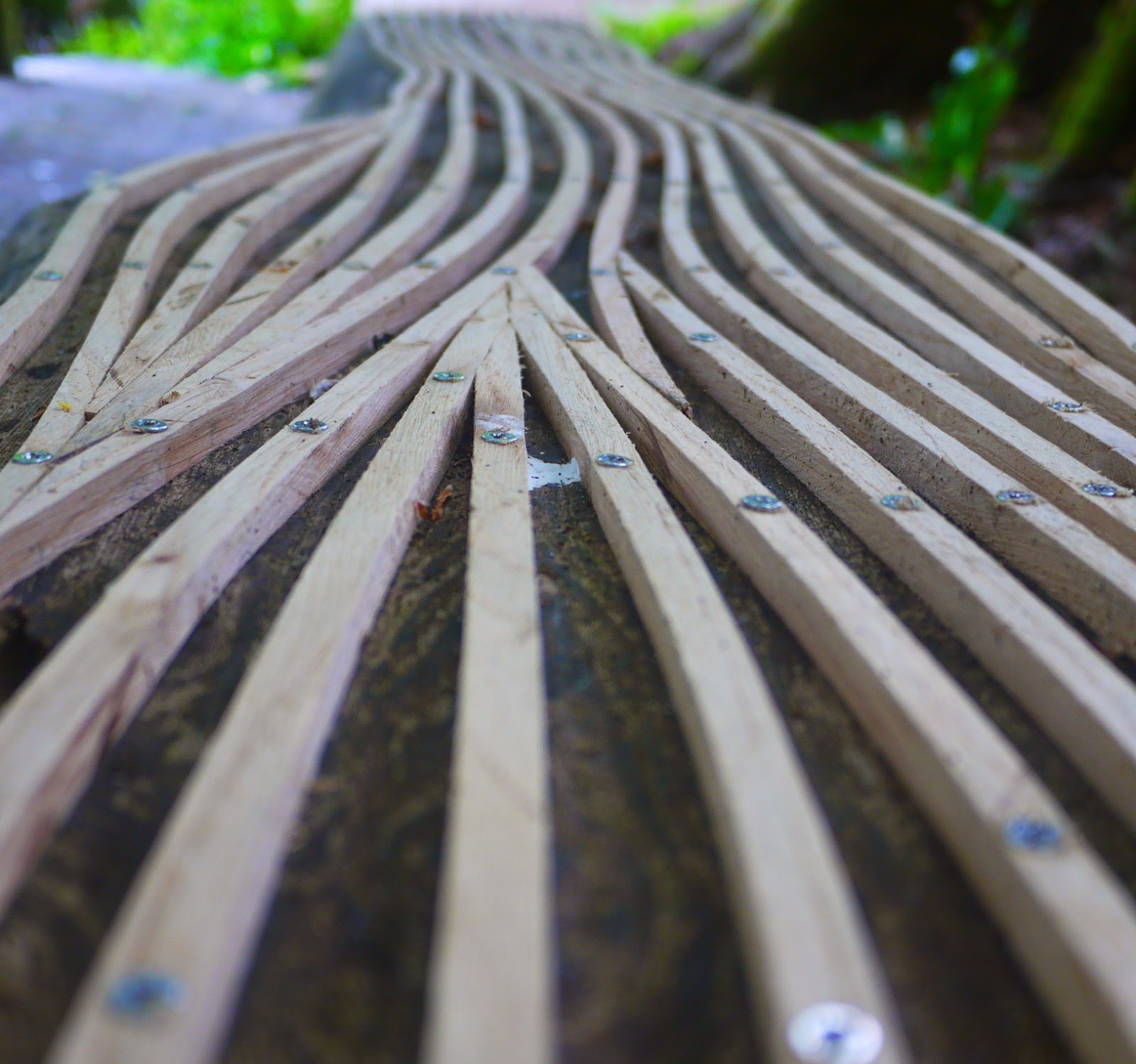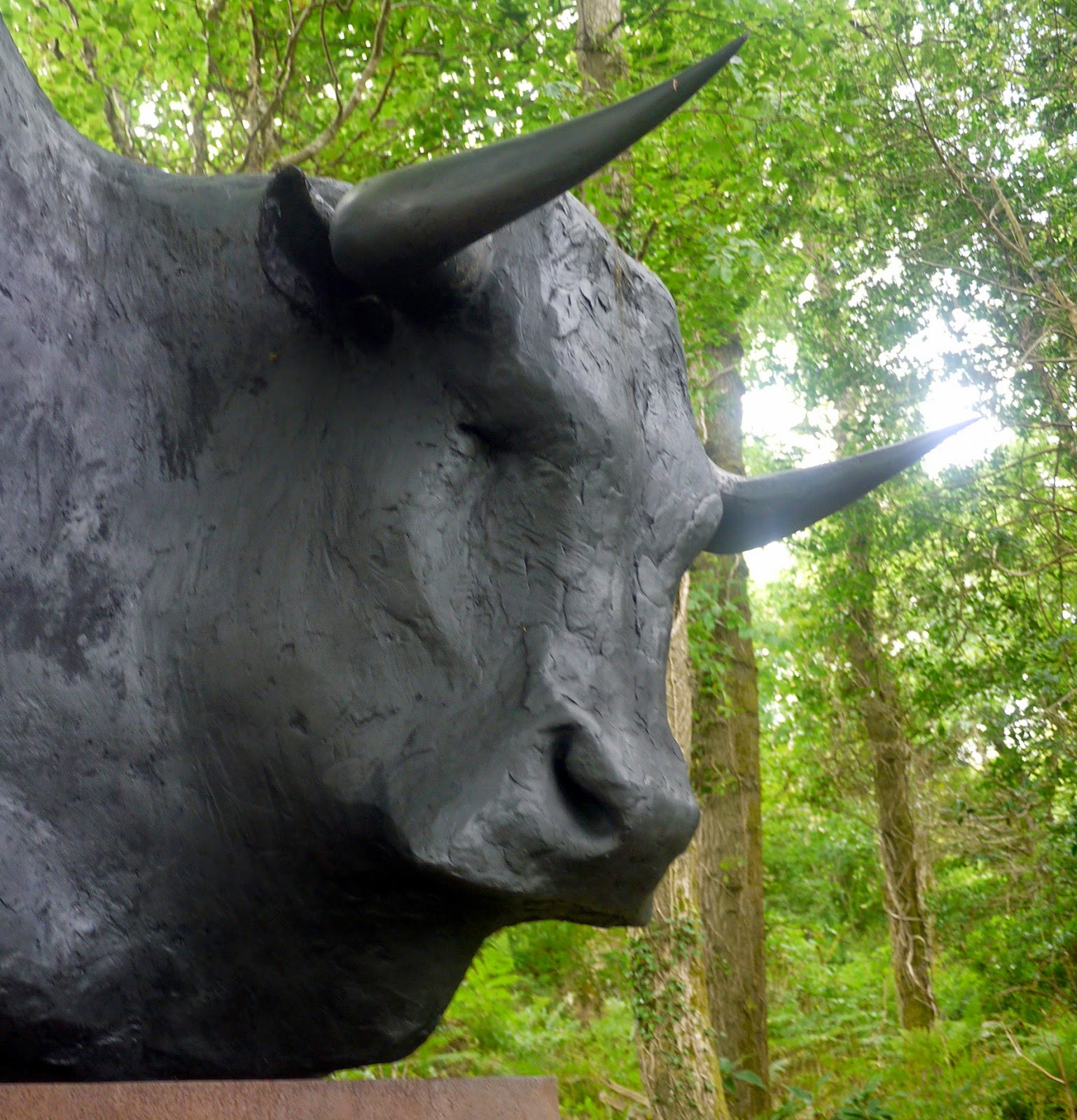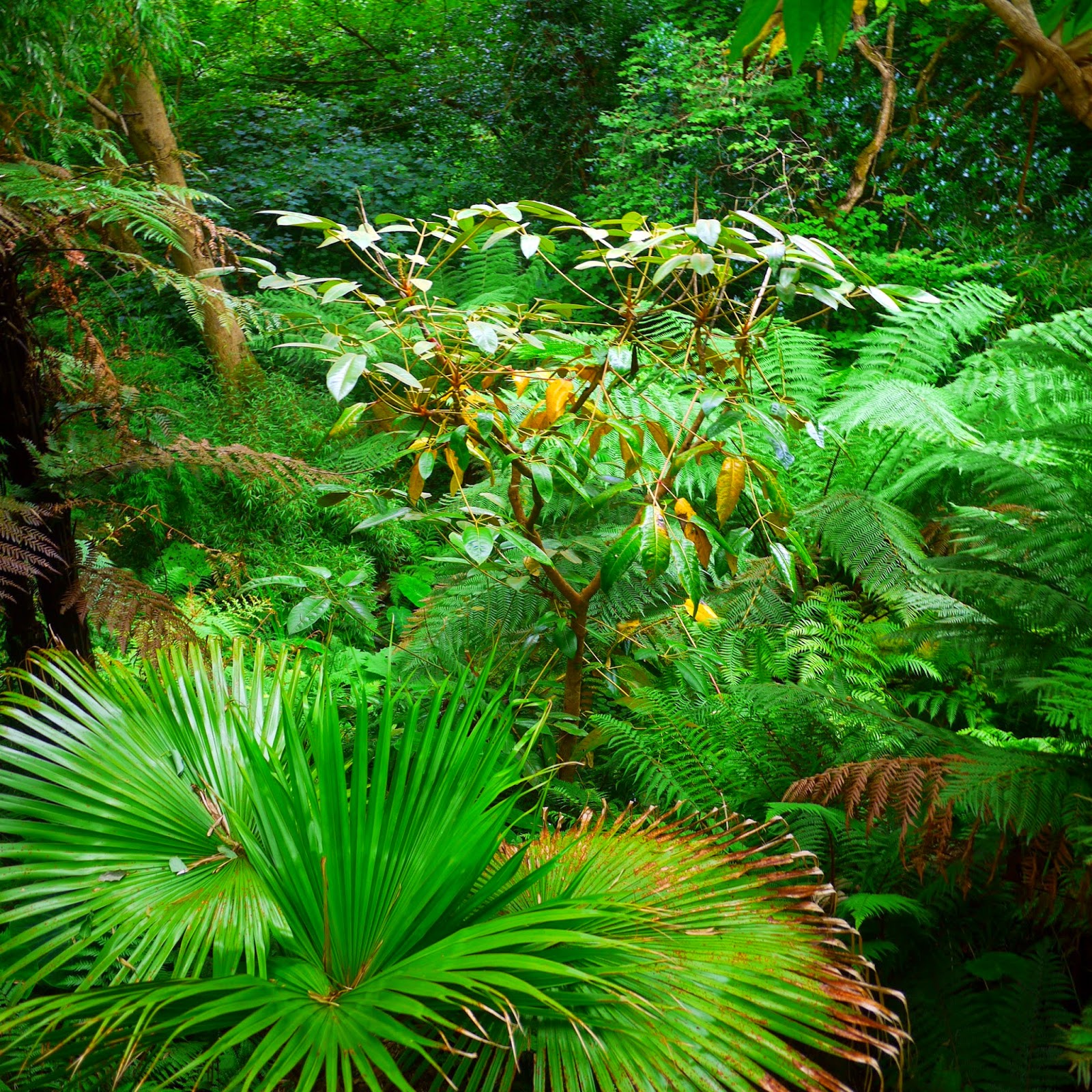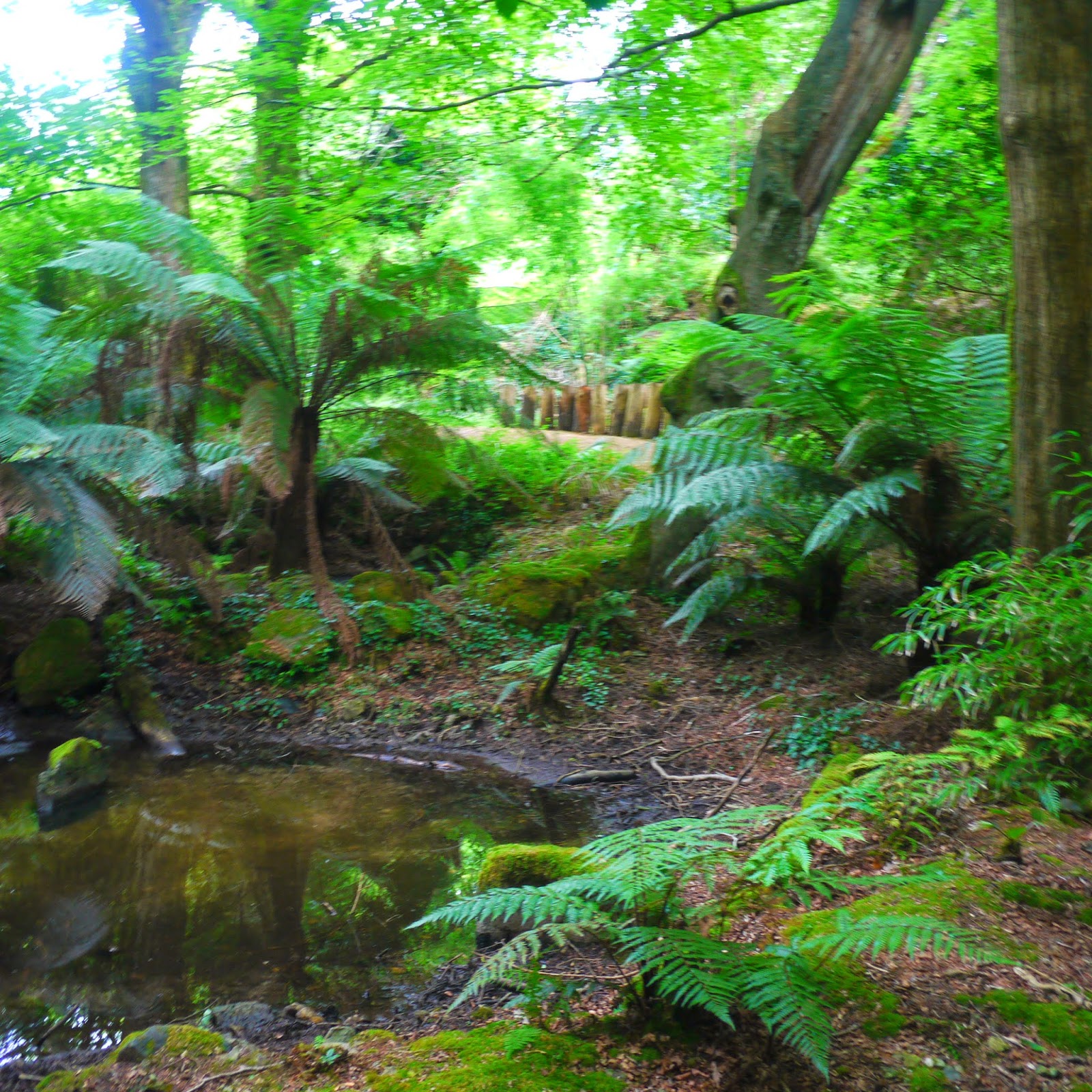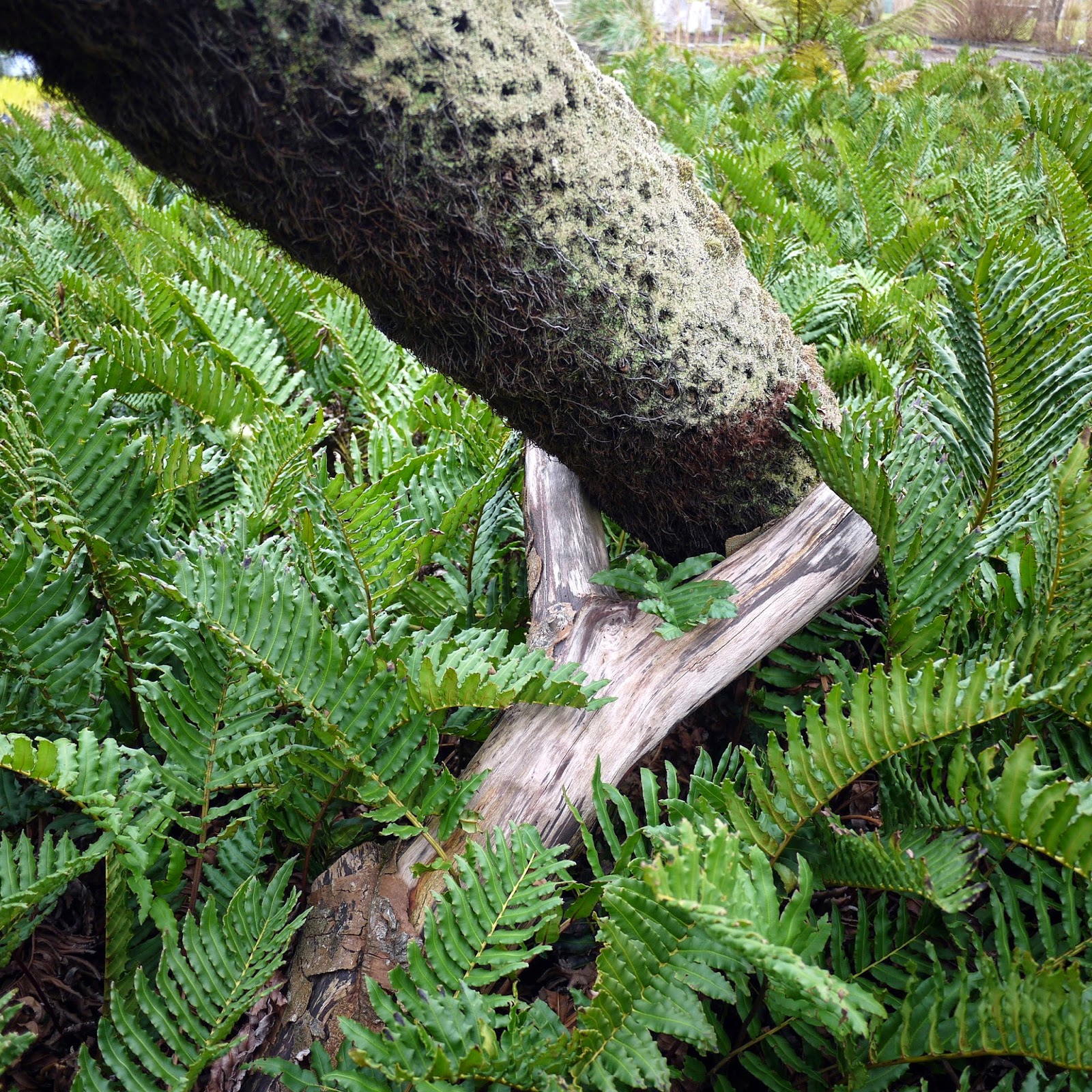Our base for the week was the beautiful coastal town of St. Ives, it's a bit of a busy tourist hot spot but luckily wasn't overly crowded despite being July.
Incidently, if you find yourself in St Ives and are a bit peckish, some of the best fish and chips we had (a must on a seaside holiday) came from the takeout at Porthminster cafe on Portminster beach, where you can enjoy your food sitting on the beach.
If you're a fan of waffles, (and who of sound mind isn't?) you must try those on offer from Waffleicious on the harbour, the range of toppings available is expansive, (as will be your waistline, they're plenty big enough to share) but any combination involving chocolate and clotted cream is a winner in my book. Watch out for the seagulls though, they will literally swoop in and grab your tasty morsel out of you hand.
Anyways, enough about food, (you can tell it's close to dinner time as I write) the reason for this post is to share some pictures of our visit to Tremenheere Sculpture Gardens, close to Penzance, on the south Cornish coast.
You enter the garden (after purchasing you ticket from the lovely visitor centre and perhaps stopping for some delicious looking food) by wandering up a lane to the rear. The first area of garden that we encountered was a pool surrounded by lush planting, but I was slightly underwhelmed, I totally get the look that they're going for, wild and lush but as a first impression maker it didn't do much for me.
I did love the wooden detailing on the log seating
and great for keeping your butt off the damp wood.
As we emerged from the trees I began to get much more excited when I saw the view that stretched out below.
and closer
It's not for nothing that it's common name is the Kangaroo paw, with those furry flowers.
Delosperma was blooming abundantly
and various Agave were growing big and fat
The Minotaur
Looking down over the arid planting
I really liked the textural and colour contrast between the Stipa and the Agave
Beauties
The building to the left in this picture is the entrance to a chamber with a large elliptical hole in the ceiling where you can watch the sky, as the clouds rush by overhead. Beautiful, relaxing and providing a restfult contemplative space I'm sure, when conditions are right.
Sadly our visit coincided with a rather flat cloudy day.
Bocconia frutescens, up until now I didn't 'get' this plant, while others raved about it.
Having seen it in person I'm now a convert and need to track one down.
Butia capitata, are these plant that we grow in the UK now all called odorata?
I've a thing for members of Proteaceae, they're incredibly exotic in appearance for those of us in the Northern Hemisphere, represented by Banksia in this instance.
I wish I could get away with Cycas revoluta planted outside permanently.
This has to be the iggest clump of Musa sikkimensis that I've ever come across, sadly winter, while normally mild for me, just drags on that bit too long. As a result, rot always sets in by spring when I've tried it out over winter.
Look at the leaves on the young shoots
Pretty exotic?
Signaled by the presence of the Bananas we descend into the moist lower woodland area, all lush and leafy with plenty of ferns
and Scheffleras
and Colocasias, masses of them.
New plantings of interesting stuff can be found if you look
as will the plantation of Phoenix canariensis on the lawn.
Tremenheere is an incredibly exciting new garden that will only get better as time passes and the plantings establish, I look forward to revisiting in a few years to see how it has progressed and what interesting changes have taken place.
If you're in Cornwall it's a must see.





